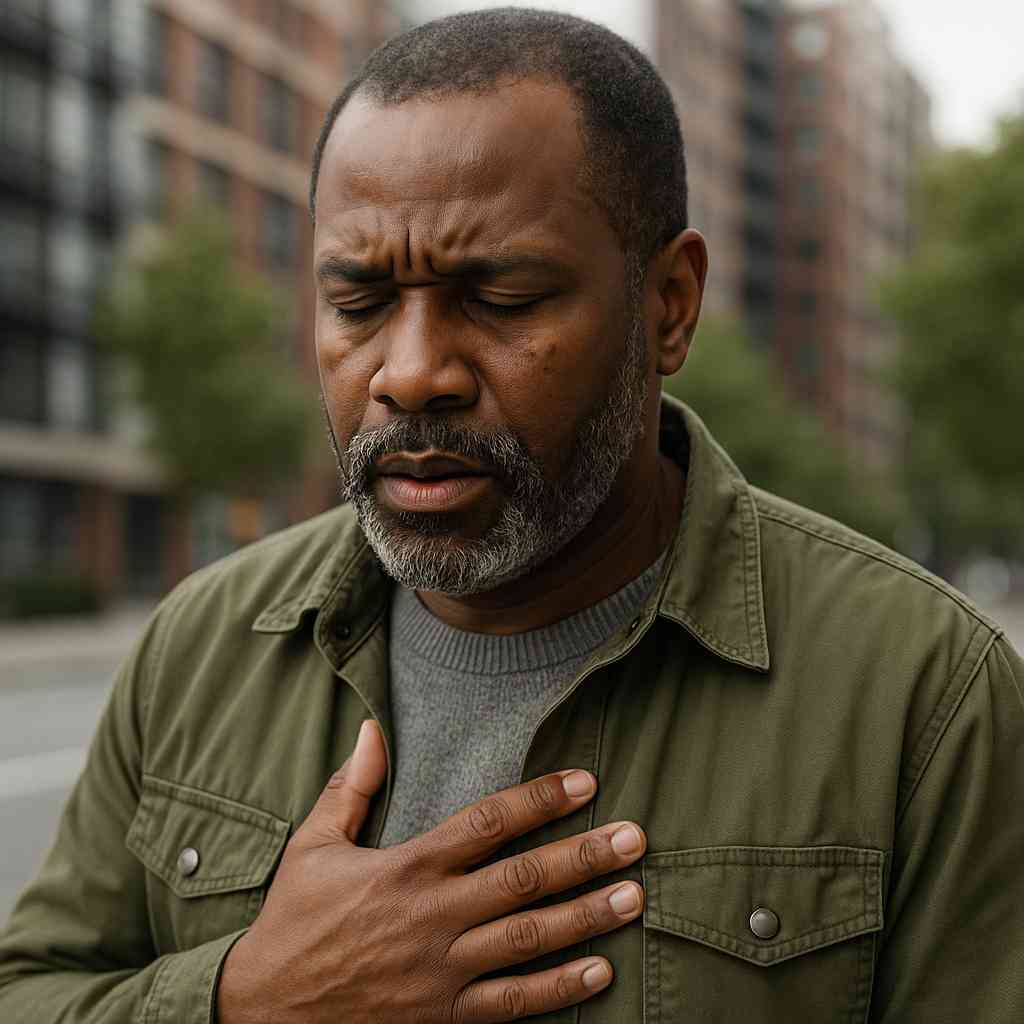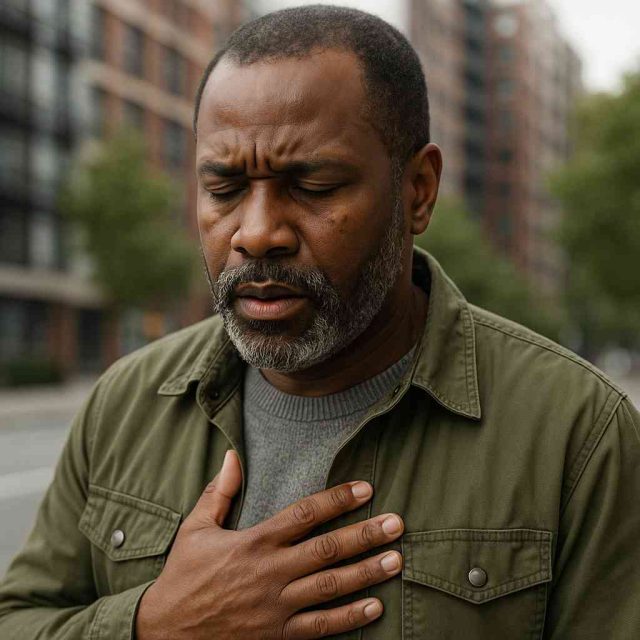
A recent cluster of Legionnaires’ Disease cases in New York City has sparked concern among residents and public health officials alike. Often confused with pneumonia, this severe respiratory illness has been making headlines as more cases emerge. But what’s behind the sudden outbreak? And what can residents do to protect themselves?
Table of Contents
- Understanding Legionnaires’ Disease
- New York City Cluster: What We Know So Far
- Risk Factors and Symptoms
- Prevention, Treatment, and Public Response
- Conclusion & FAQs
Understanding Legionnaires’ Disease
Legionnaires’ Disease is a potentially fatal type of pneumonia caused by Legionella bacteria. These bacteria thrive in warm water environments like cooling towers, hot tubs, and large plumbing systems. When contaminated water droplets are inhaled, the bacteria can infect the lungs, leading to severe illness.
Unlike the common cold or flu, Legionnaires’ Disease is not spread from person to person. Instead, it’s associated with environmental exposure. The infection can affect anyone, but older adults, smokers, and those with weakened immune systems are at greater risk. While antibiotics such as azithromycin (Zithromax) or levofloxacin (Levaquin) are often effective, early detection remains critical.
New York City Cluster: What We Know So Far
As of late July 2025, health officials in New York City have confirmed a cluster of Legionnaires’ Disease cases in a section of the Bronx. At least 18 people have been diagnosed, with several requiring hospitalization. Tragically, two individuals have succumbed to complications. The New York City Department of Health is actively investigating cooling towers and other water systems in the area.
In a city as densely populated and infrastructure-heavy as New York, tracking the origin of a Legionella outbreak is a daunting task. Water systems that span multiple buildings, combined with summer heat and aging plumbing, create an ideal environment for bacterial growth.
This is not the first time the city has seen a Legionnaires’ outbreak. Similar clusters were reported in 2015 and 2021. However, what makes this episode particularly concerning is the concentration of cases in a short time and space. Residents are advised to stay informed via NYC Health and local news outlets.
Risk Factors and Symptoms
Understanding who is at risk and recognizing the symptoms early can save lives. Individuals over 50, people with chronic lung disease, smokers, and those with compromised immune systems are especially vulnerable. Moreover, individuals taking corticosteroids or chemotherapy may also face increased risks.
Symptoms usually appear 2-10 days after exposure and include:
- High fever
- Cough
- Shortness of breath
- Muscle aches
- Headaches
Some people may also experience gastrointestinal symptoms like nausea or diarrhea. Because these symptoms overlap with other respiratory illnesses, diagnosis often requires a chest X-ray and lab tests.
In contrast to COVID-19 or influenza, Legionnaires’ Disease tends to result in more severe pneumonia requiring hospitalization. This makes early intervention critical. For those feeling unwell, seeking prompt care from a professional via Healthcare.pro is strongly advised.
Prevention, Treatment, and Public Response
Preventing Legionnaires’ Disease starts with good water system management. Building managers should routinely inspect and clean cooling towers, water tanks, and hot tubs. The Centers for Disease Control and Prevention (CDC) offers detailed guidelines for managing water systems to reduce risk.
Residents can also play a role. If you live in or visit a building with a known outbreak, avoid mist-producing systems like decorative fountains. Homeowners should flush seldom-used water lines and clean showerheads regularly.
Treatment involves antibiotics such as doxycycline or levofloxacin. Hospitalization may be necessary in severe cases, particularly among vulnerable individuals. Fortunately, when caught early, recovery rates are high.
Public health officials in New York are conducting inspections and issuing alerts. Community leaders have joined forces to distribute informational flyers, particularly in senior housing complexes. Media outlets and websites like Health.HealingWell.com are providing timely updates to keep the public informed.
As outbreaks continue to challenge urban centers, there’s a growing discussion about leveraging digital health tools and eHealthcare Solutions for better outreach and education.
Conclusion & FAQs
The recent Legionnaires’ Disease cluster in New York City is a stark reminder of how environmental health and public infrastructure intersect. While the outbreak is being managed, awareness, timely medical care, and proactive prevention remain the cornerstones of protecting public health.
FAQs
What causes Legionnaires’ Disease?
It is caused by inhaling water droplets contaminated with Legionella bacteria, often found in building water systems.
Is it contagious from person to person?
No, Legionnaires’ Disease is not spread from one person to another.
How can I reduce my risk?
Maintain clean water systems in your home or building, and stay updated on local health alerts.
What should I do if I suspect exposure?
Seek immediate medical advice through platforms like Healthcare.pro, especially if you develop pneumonia-like symptoms.
Can antibiotics cure it?
Yes, antibiotics like azithromycin and levofloxacin are effective when treatment begins early.




